The Civil War Collector – July 2014
By John Sexton
Q: I live in Syracuse, N.Y., and have these old Civil War invitations to military balls and receptions. I even have a pre-19th century check dated 1799 from the bank of Alexandria. I want to know if you could let me know if they are worth anything or at least direct me to someone who could.
The most interesting item in this frame amongst the 14 invitations is a facsimile of a 1799-dated bank check of George Washington’s. The check appears to be printed about the same time as these invitations and makes a nice conversation piece; as an original George Washington-signed check, it would be quite valuable. Even in the 1870s, it was an interesting conversation piece. The check was made to William Thornton six months before Washington’s death. Thornton was best known as the designer of the U.S. Capital.
These post-Civil War invitations to balls and musical events are interesting but only valued at $100-$200. The George Washington check is a facsimile.
Q: The Internet has a lot of different ideas about what this saber is. The blade says, “W. Walscheid Solingen.” I know they were in Prussia and made blades for the Civil War, not sure if Union or Confederate.
The first American contract 1840 cavalry sabers actually came from Schnitzler & Kirschbaum (S&K), also of Solingen, for trials of the new pattern in 1842. After those initial few hundred imports, Ames Manufacturing Company in Massachusetts made all the swords of this pattern for the U.S. Army. They were the only government contractor until the Civil War when many more swords were needed, and many firms imported German sabers.
The German Solingen swords had the reputation for being the best in the world and were sold worldwide to many countries. Wilhelm Walscheid’s name shows up occasionally on cavalry sabers identified to Civil War soldiers, though I know of no one in particular who was selling them.
The configuration of your scabbard with the two carrying rings spaced about a foot apart is typical of how American cavalrymen carried swords; often, Europeans would only use one sword ring, and scabbards would vary in the shape of the drag.
Your sword appears in nice, “as found” condition with good patina in a well-preserved grip. Often, grips on swords are missing the leather-and-wire wrap which is wound over a cord-wrapped wood base. The rust and pitting on the scabbard, especially near the drag, is typical, and this scabbard has protected the blade for over 150 years.
Dealers typically price well preserved, “uncleaned” specimens like this between $400 and $600.
Q: I have a set of two straight razors with their embossed leather cases and I believe the leather honing strap. My grandmother told me that if I was ever in a bind that I should sell them. I’ve been holding onto them for many years, but that time has come. Like she says, it’s just stuff; you can’t take it with you.
They are Wade & Butchery and do say, “Sheffield.”
I’m hoping that you’ll be able to give me an idea about their worth. They were probably last honed around 35 years ago when they were framed in a shadow box in New York at Sam Flax.
Civil War Era razors are relatively common and valued at $150-$250.
John Sexton is an independent appraiser and expert of Civil War memorabilia. He is an accredited member of various appraiser organizations. He can be contacted at 770-329-4984 or www.CivilWarDealer.com. For a free appraisal of a Civil War item, email a photo and a description to mikemcl@mindspring.com.

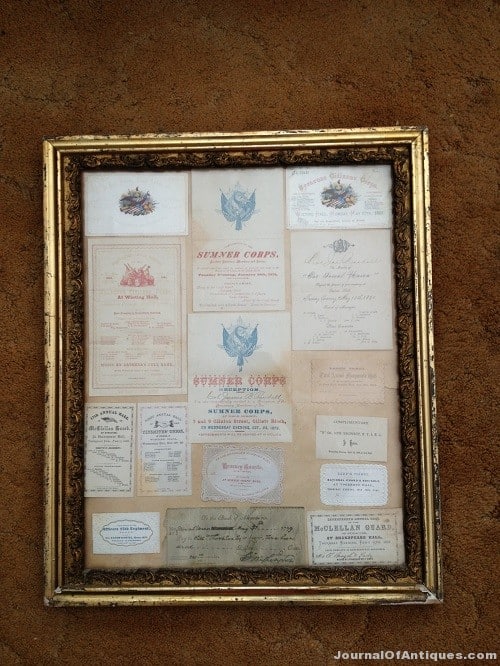
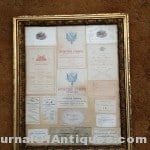
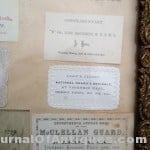

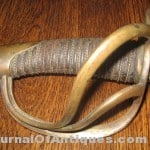

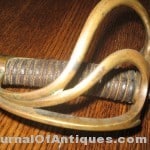

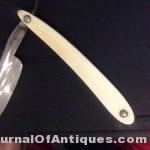




Related posts: